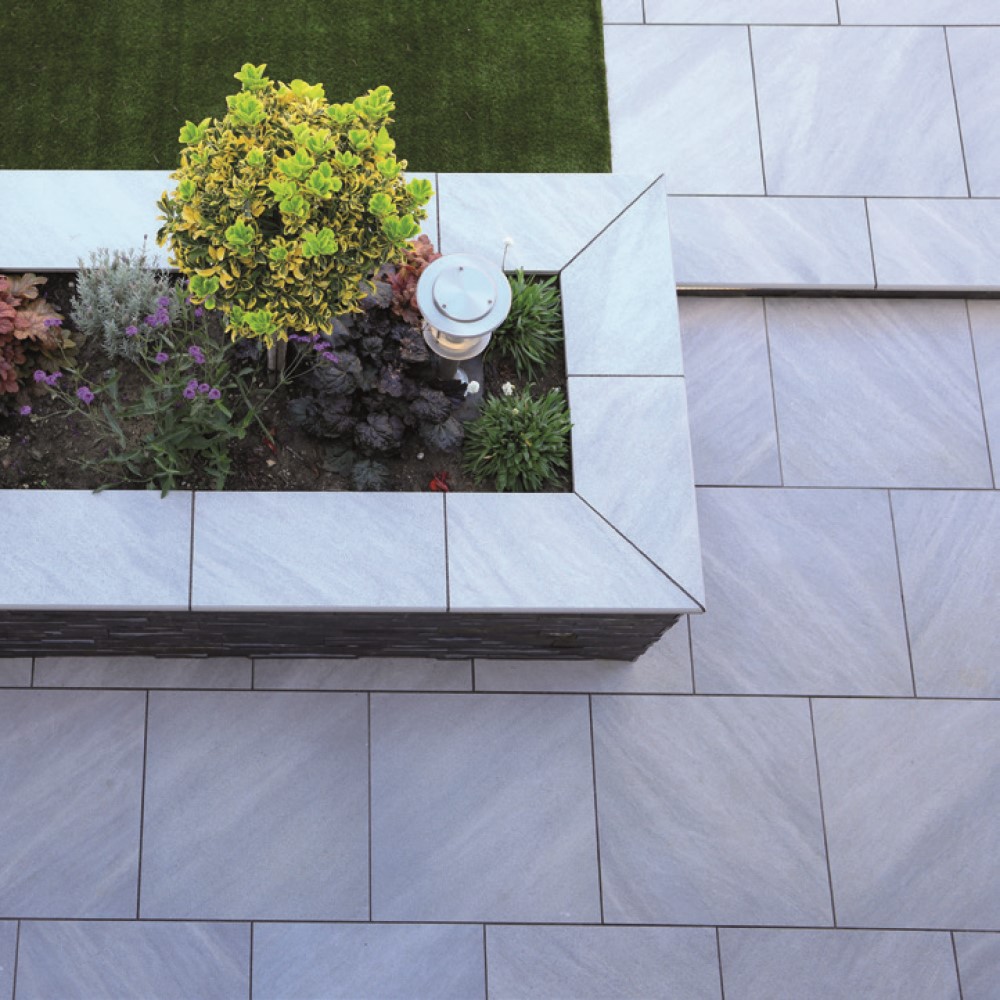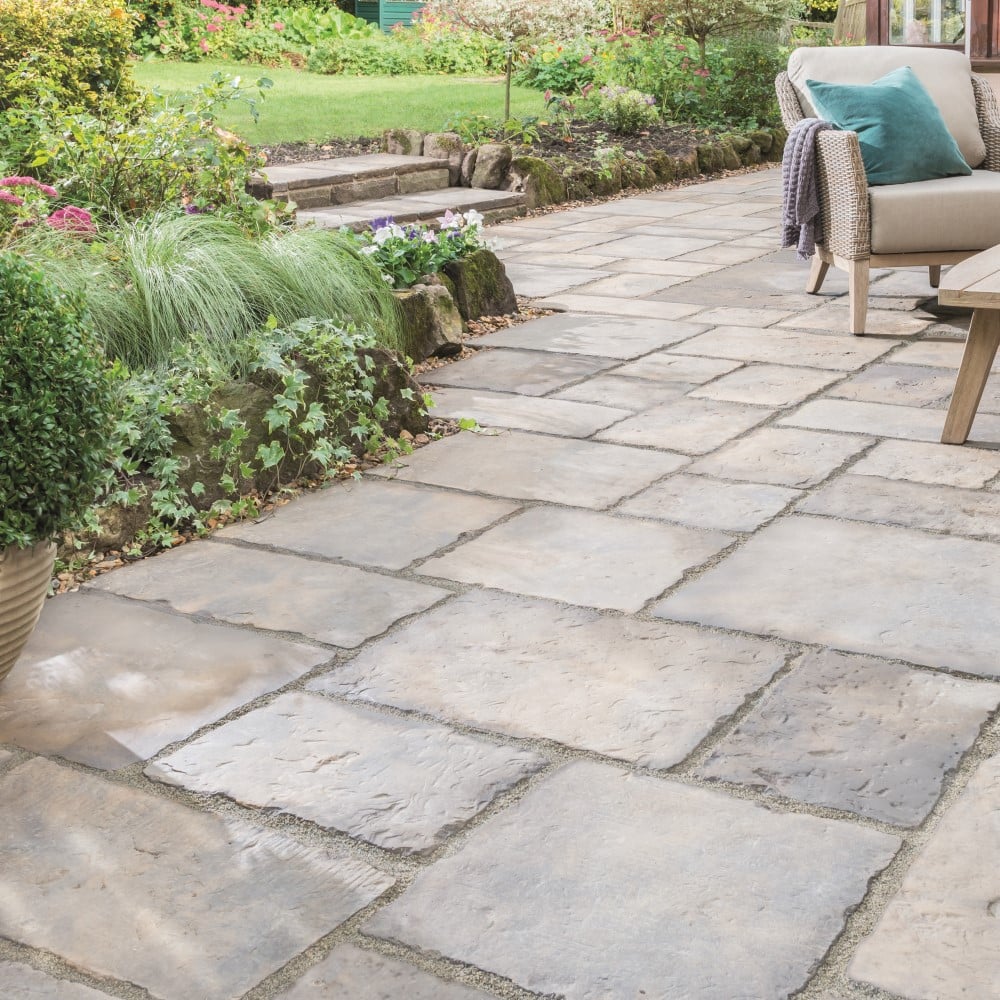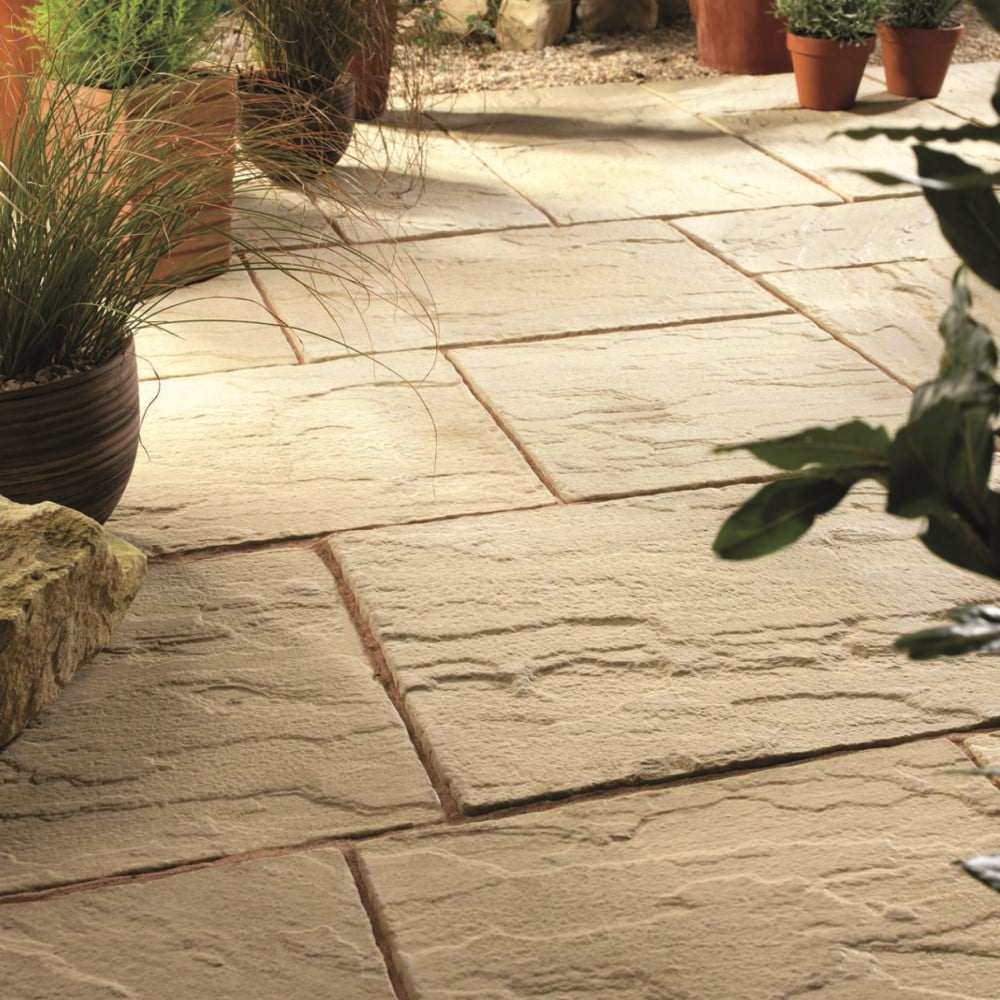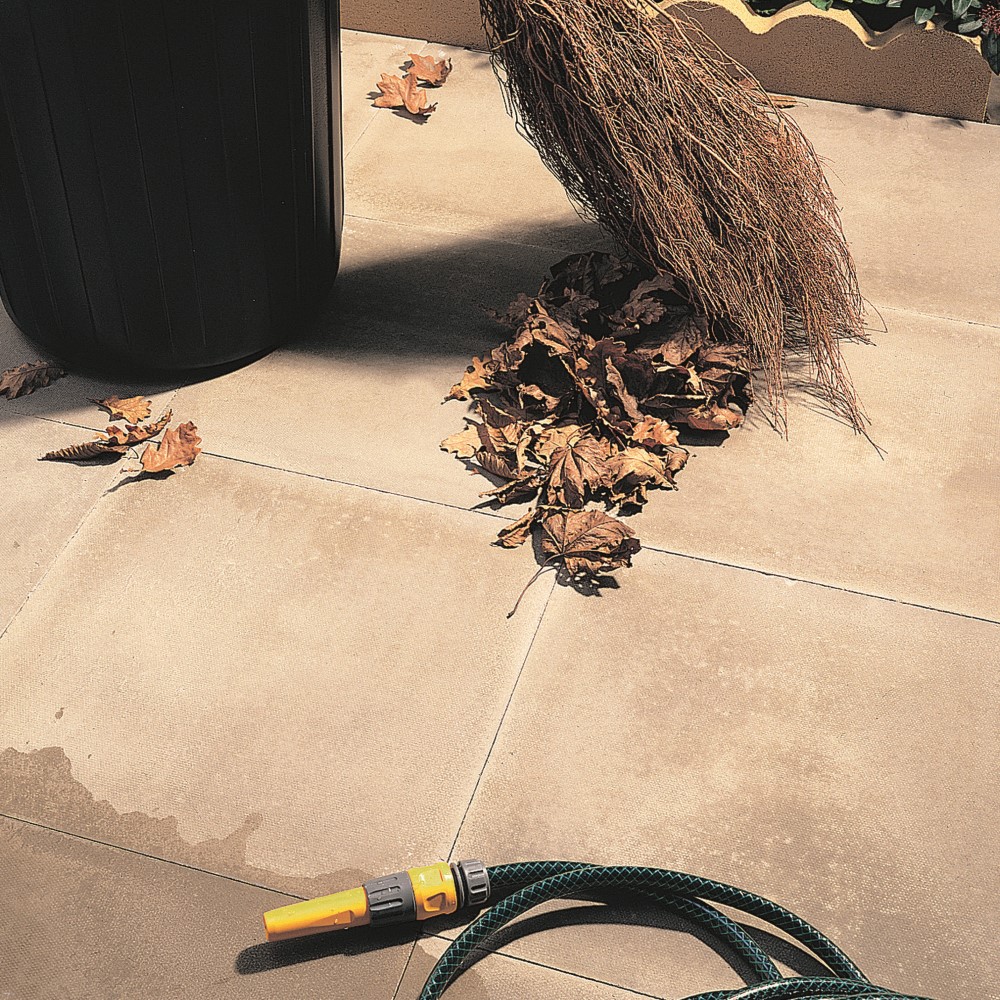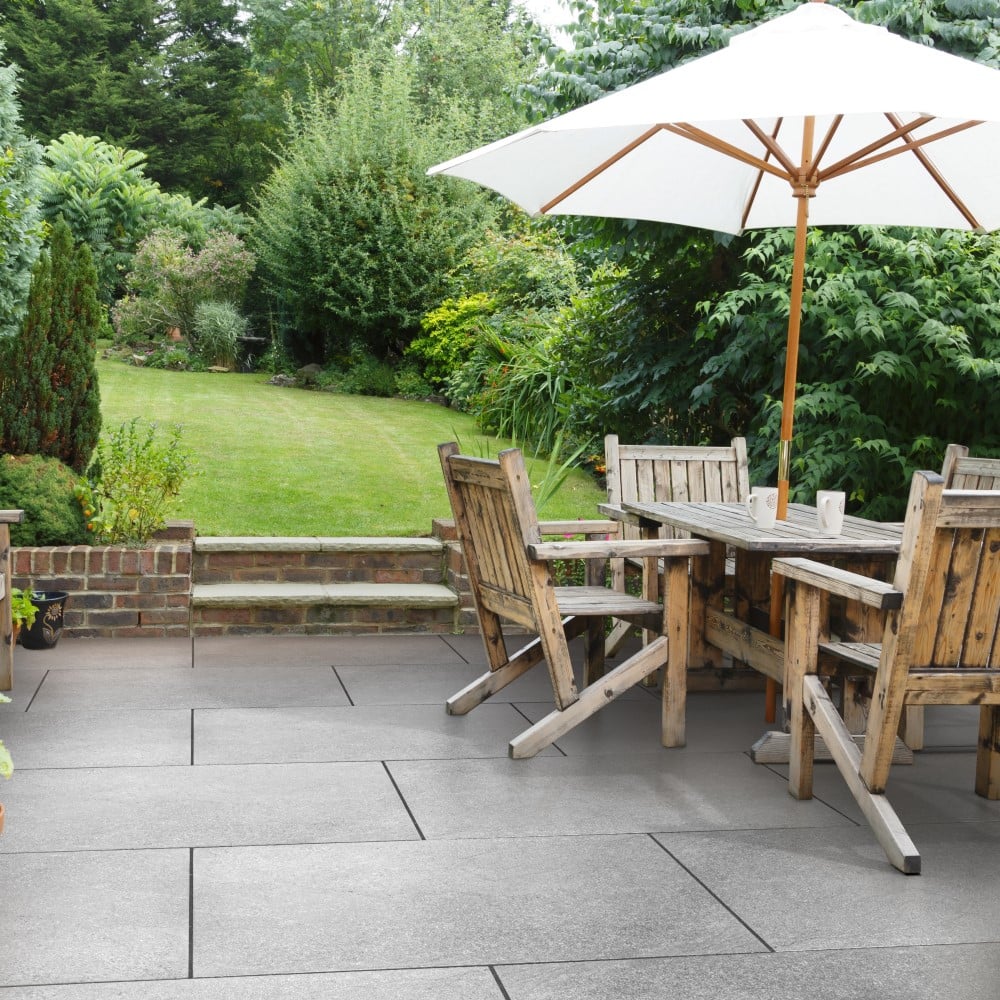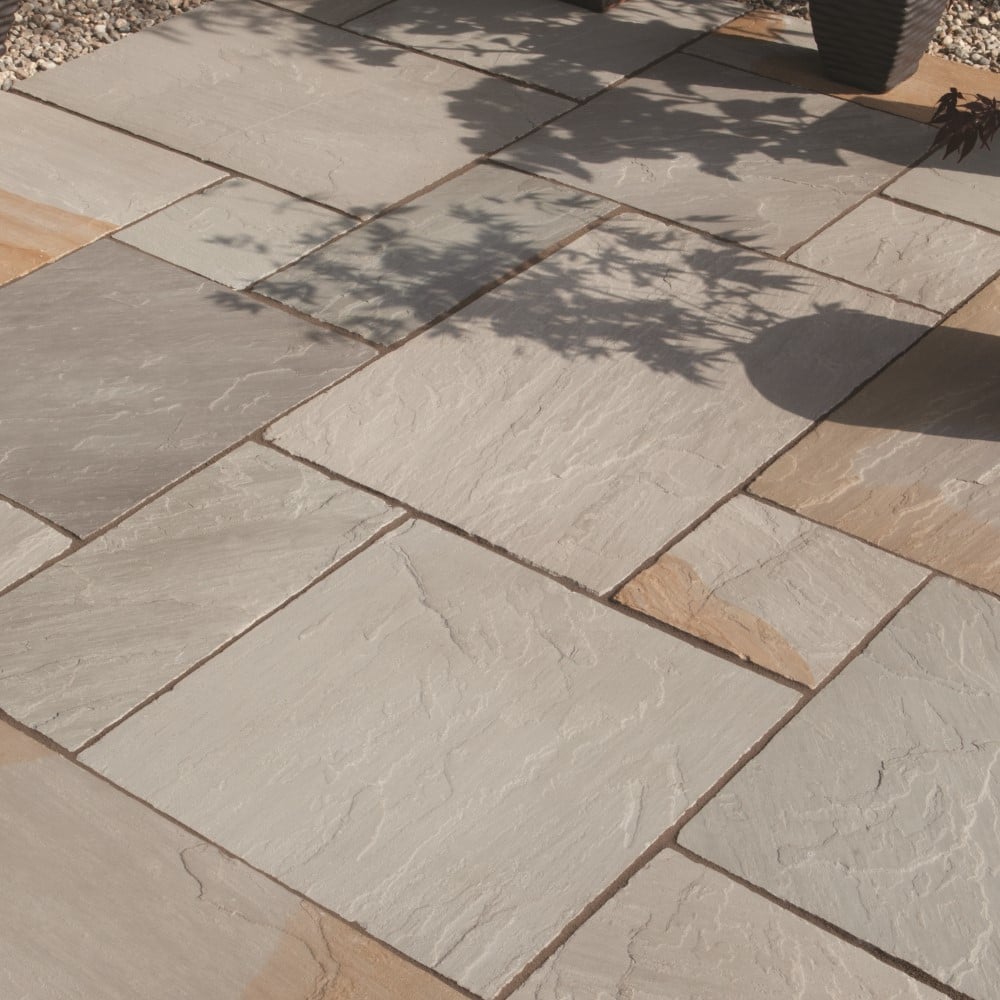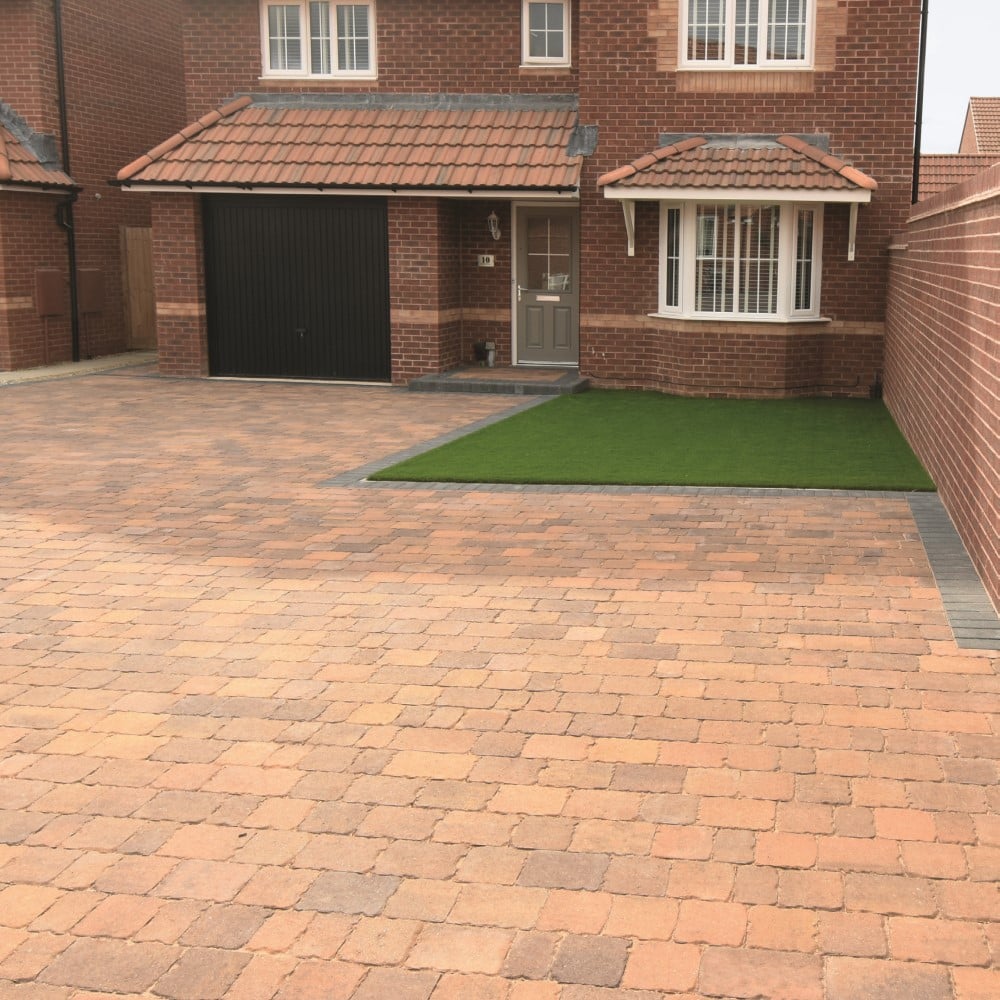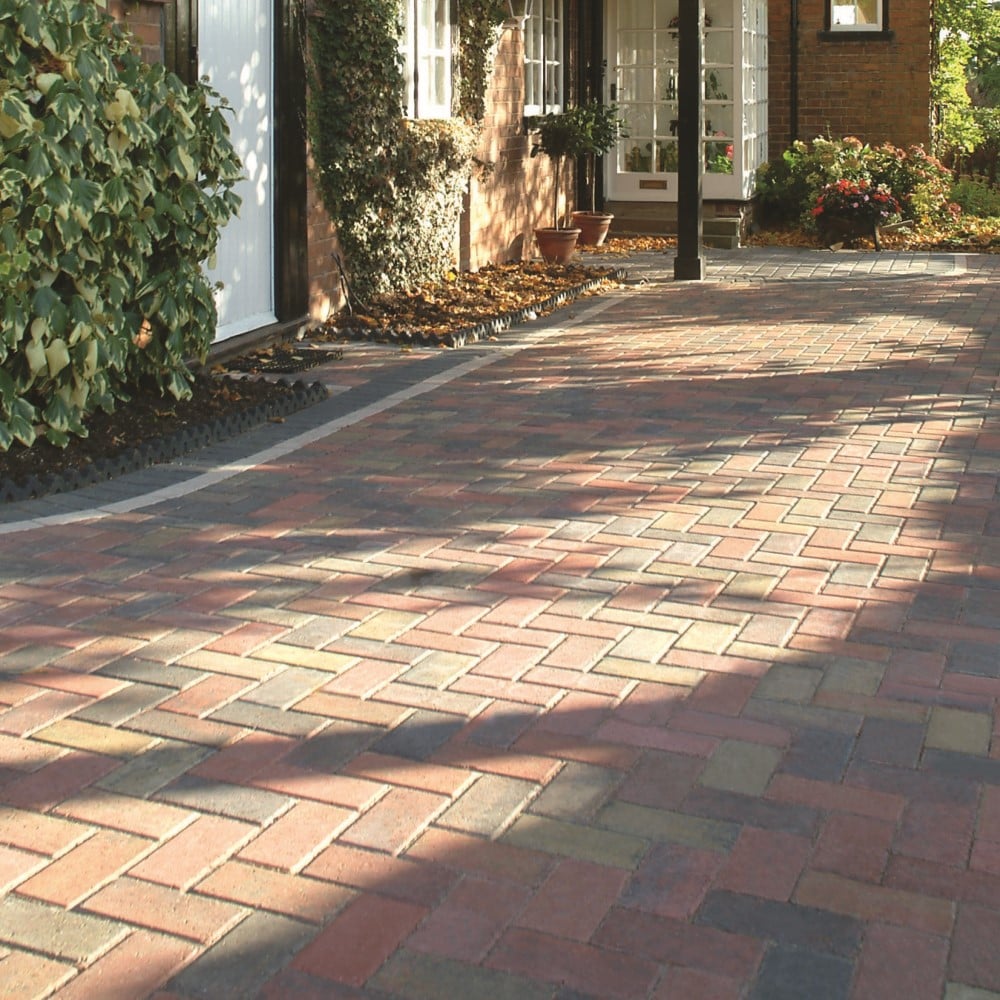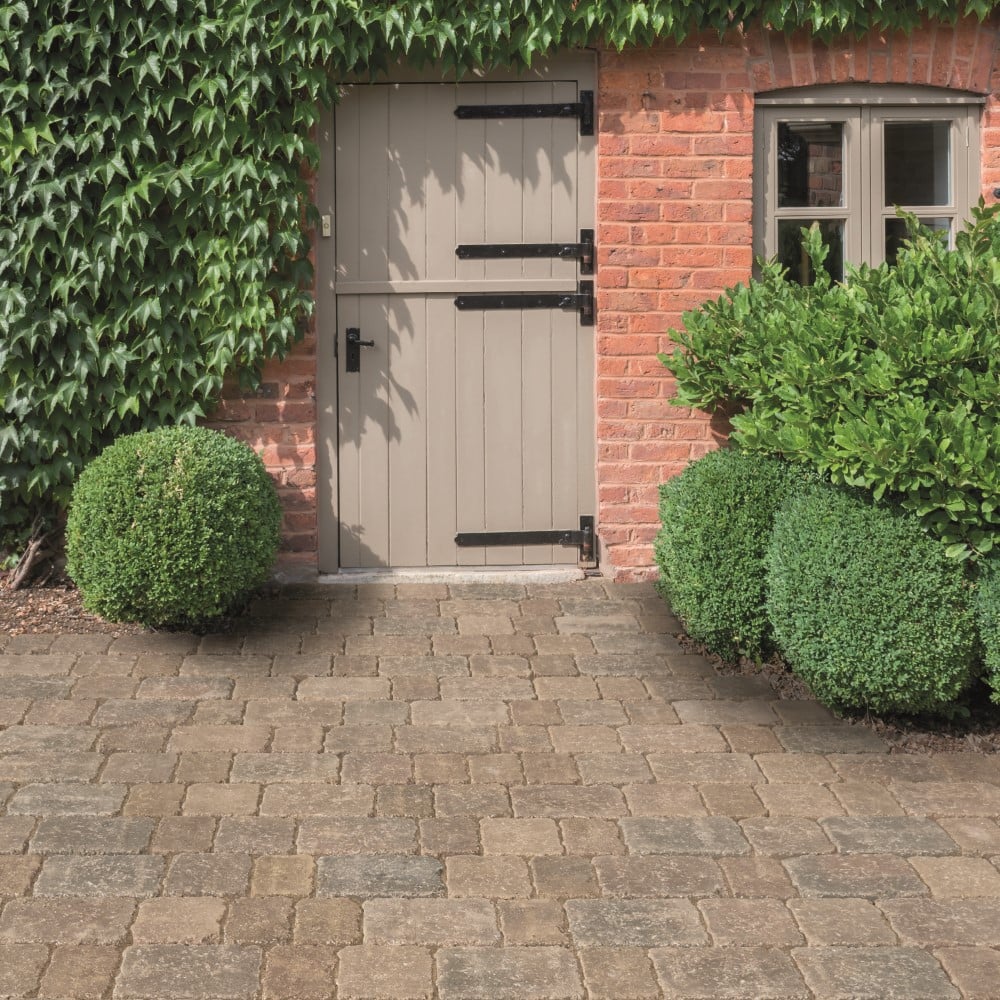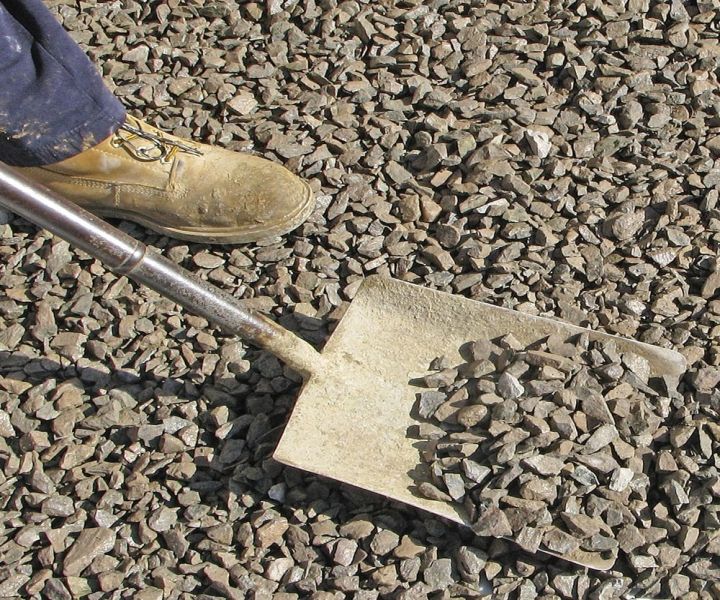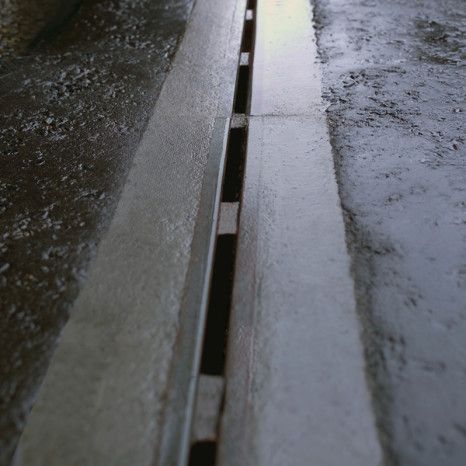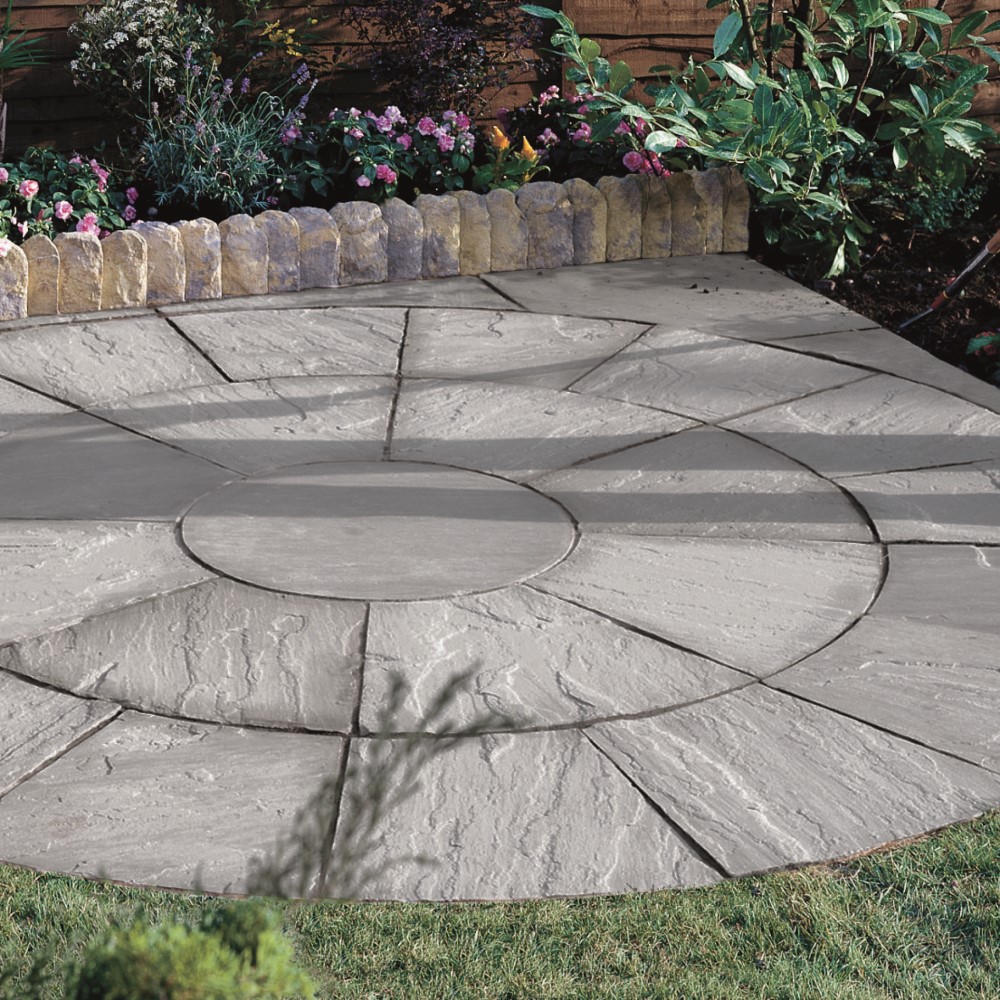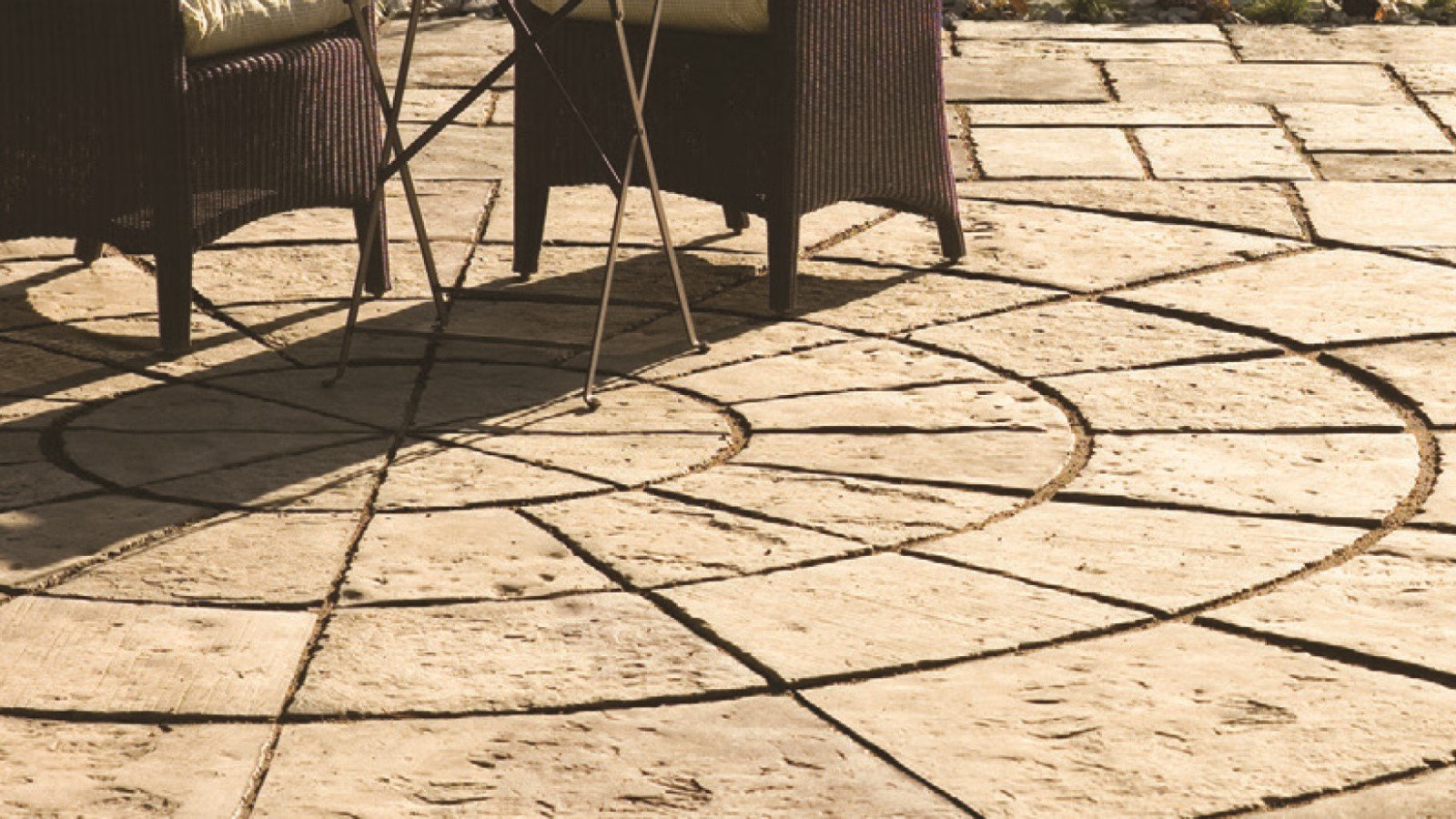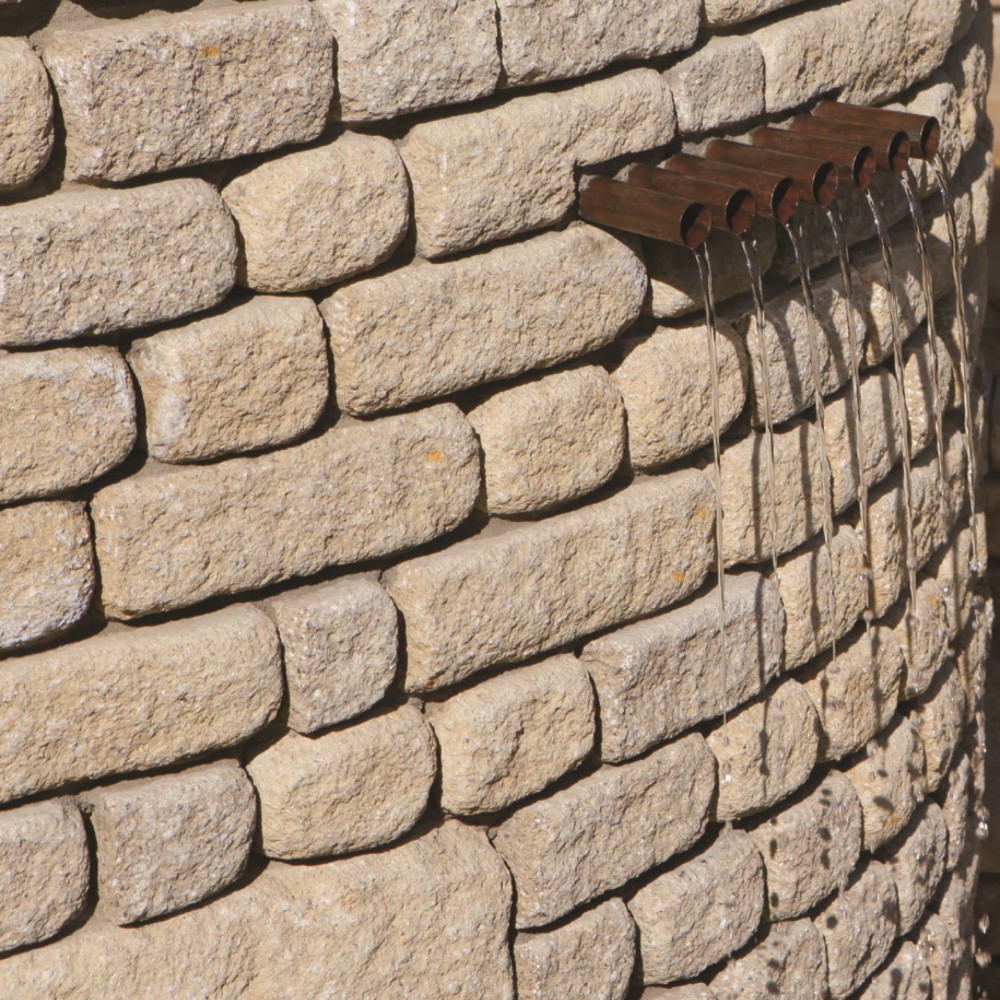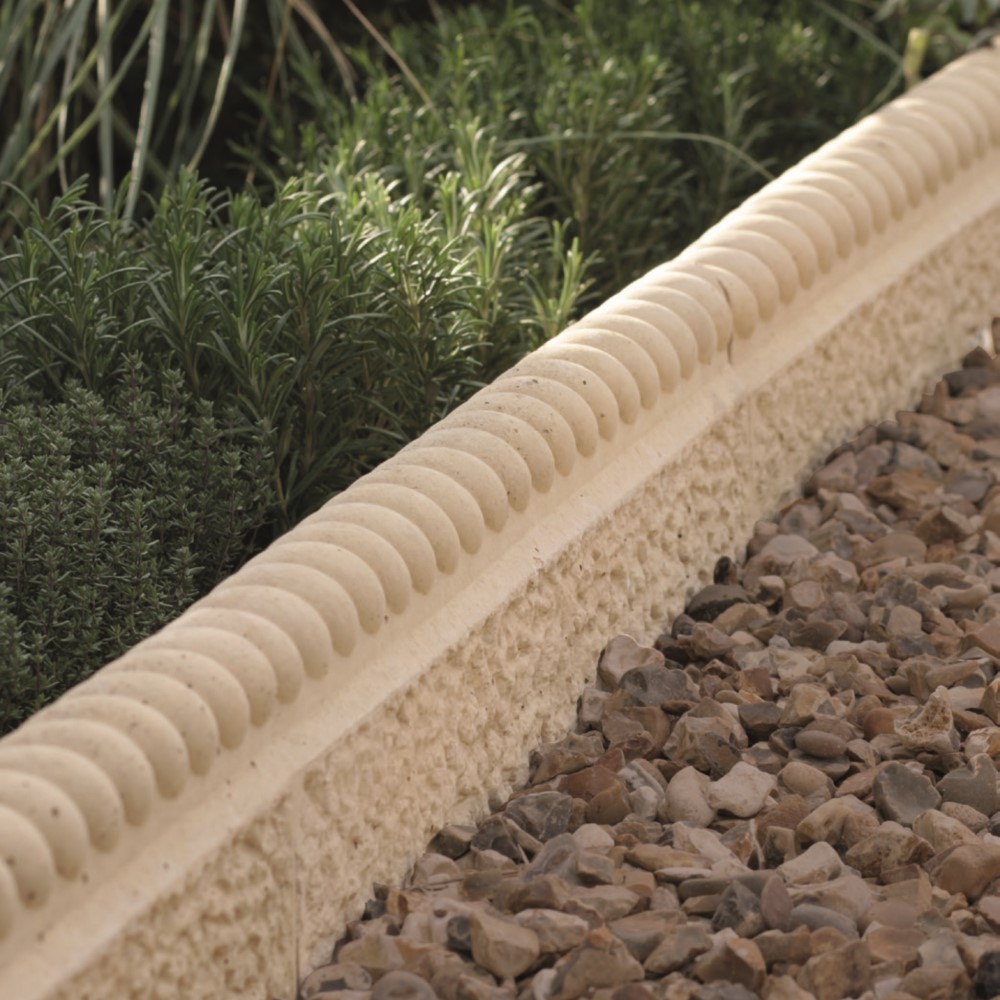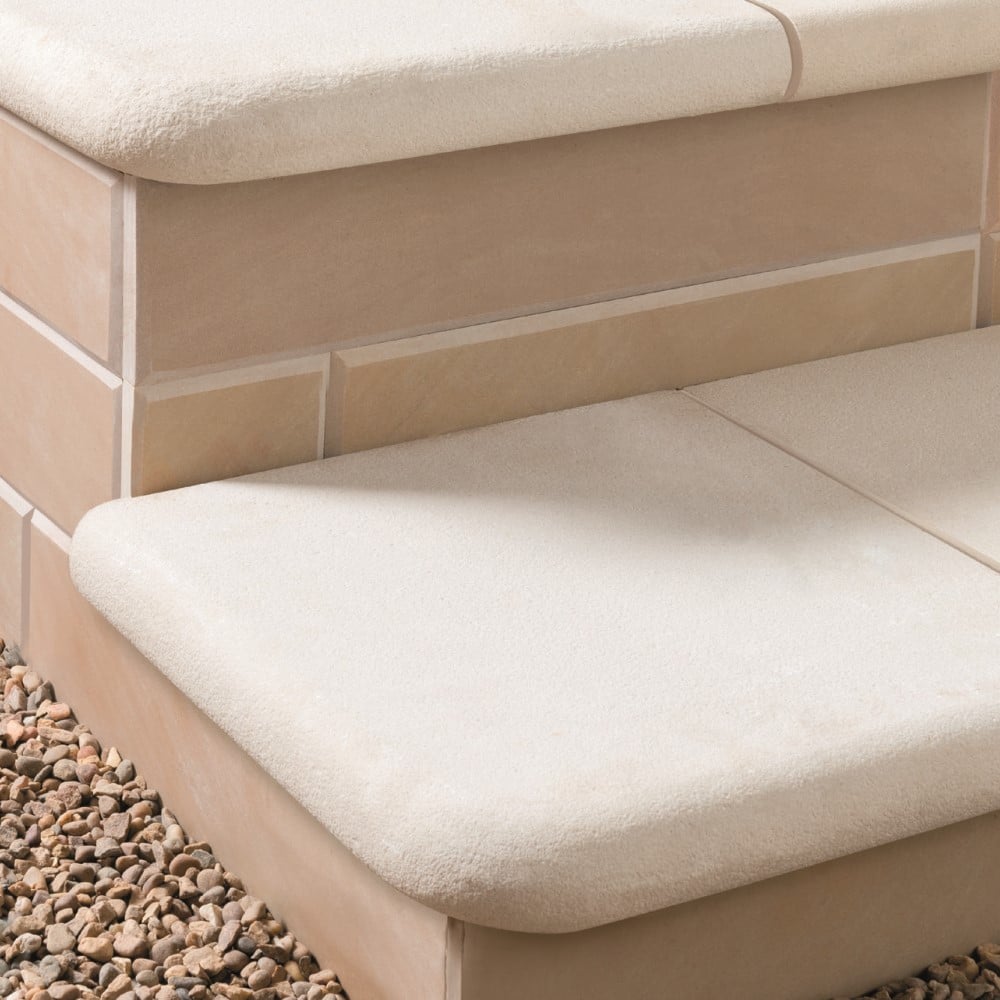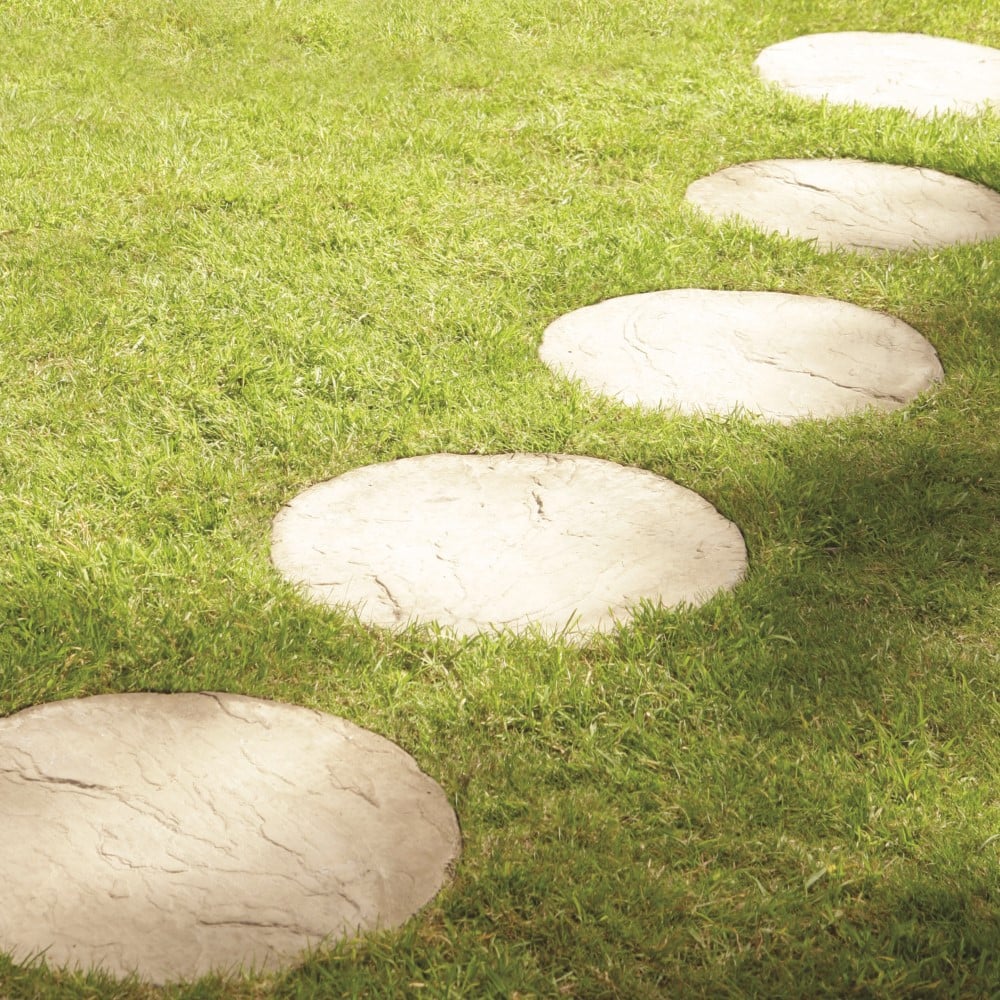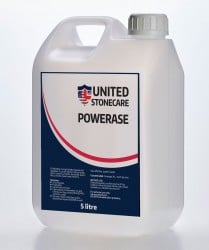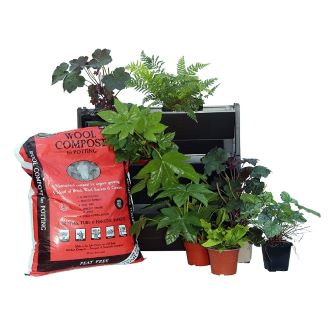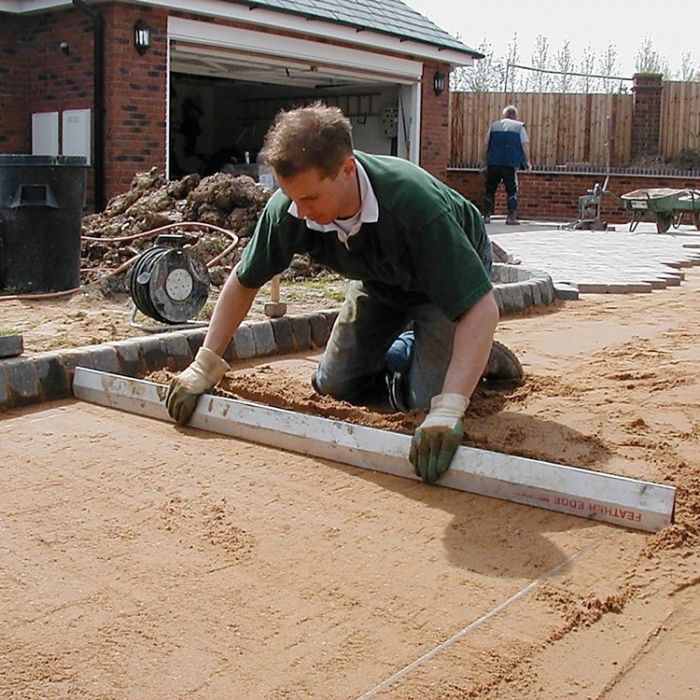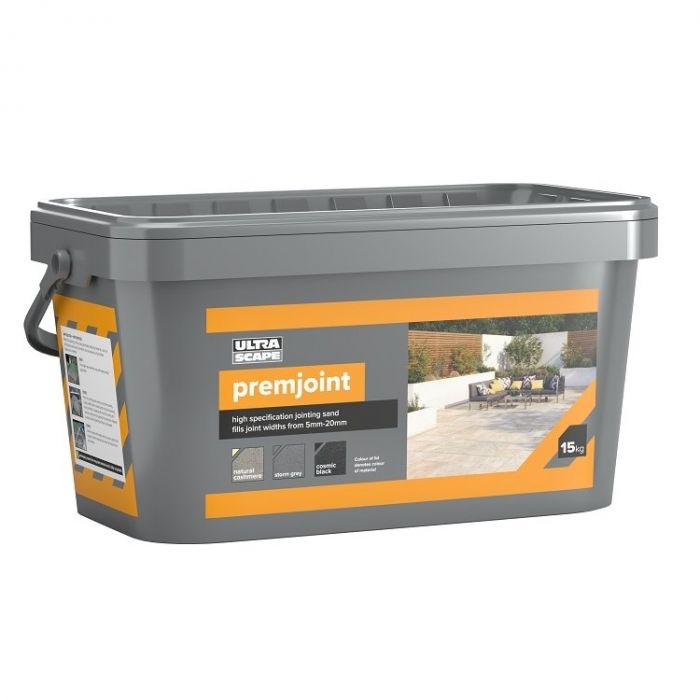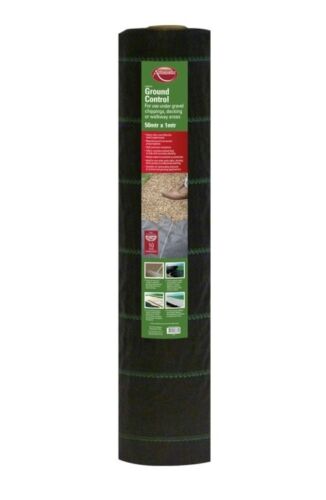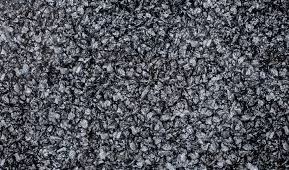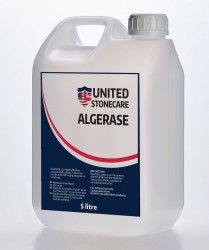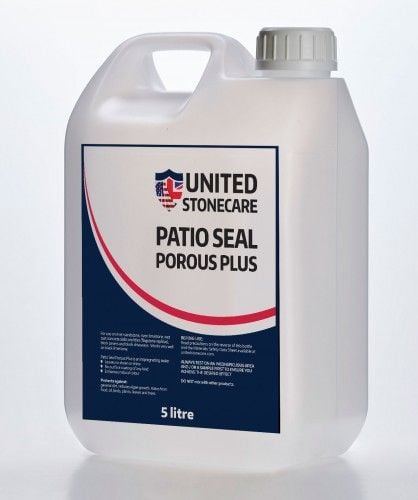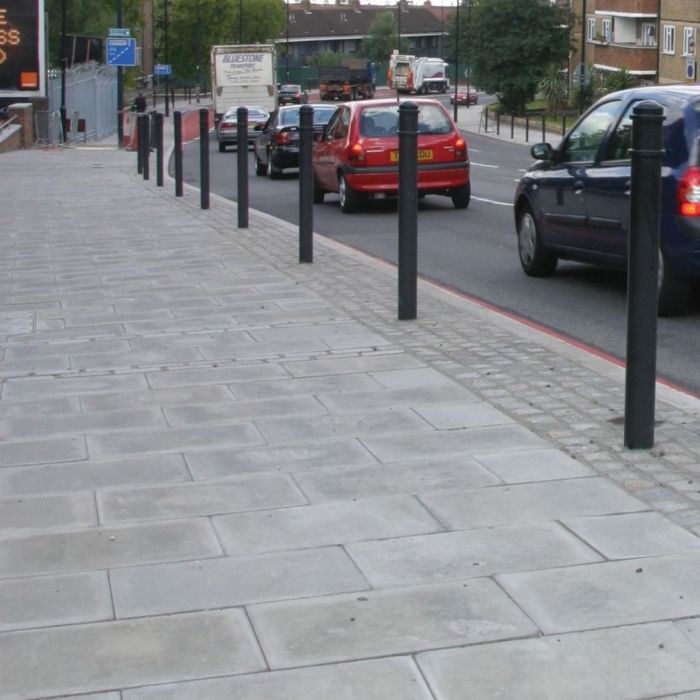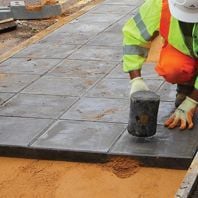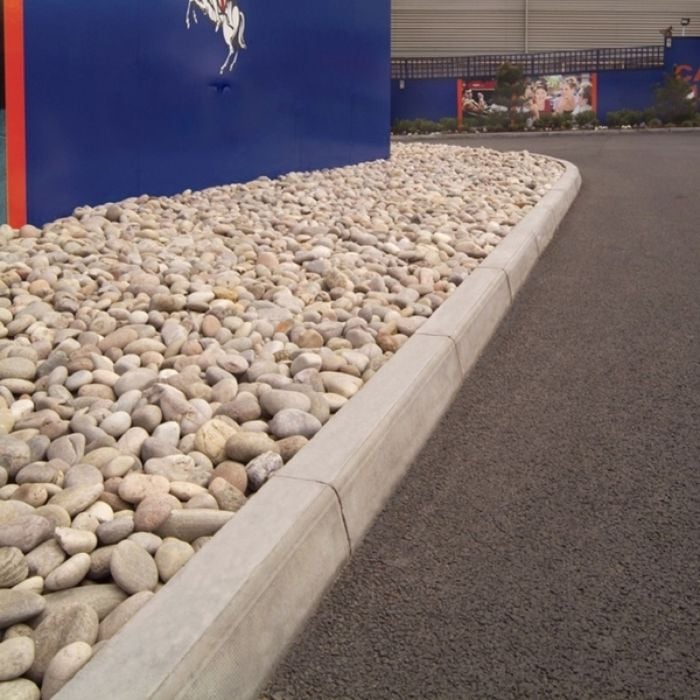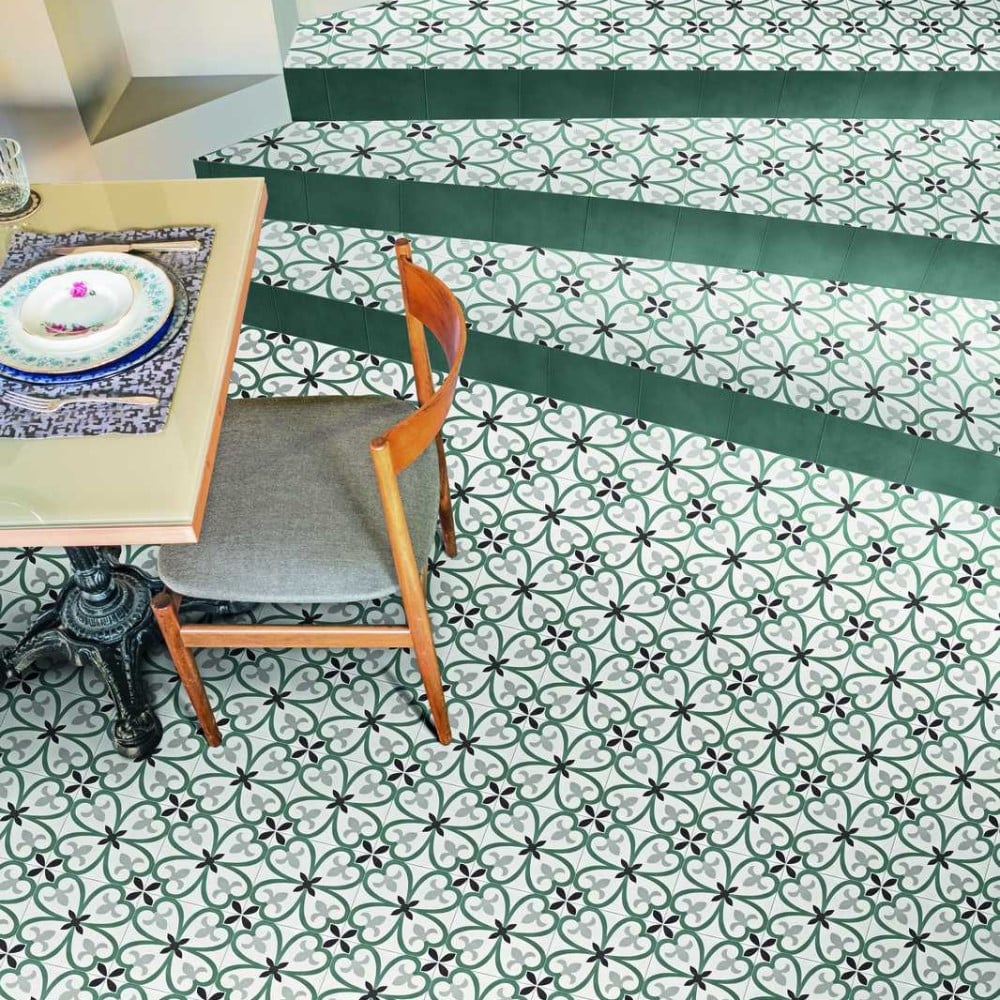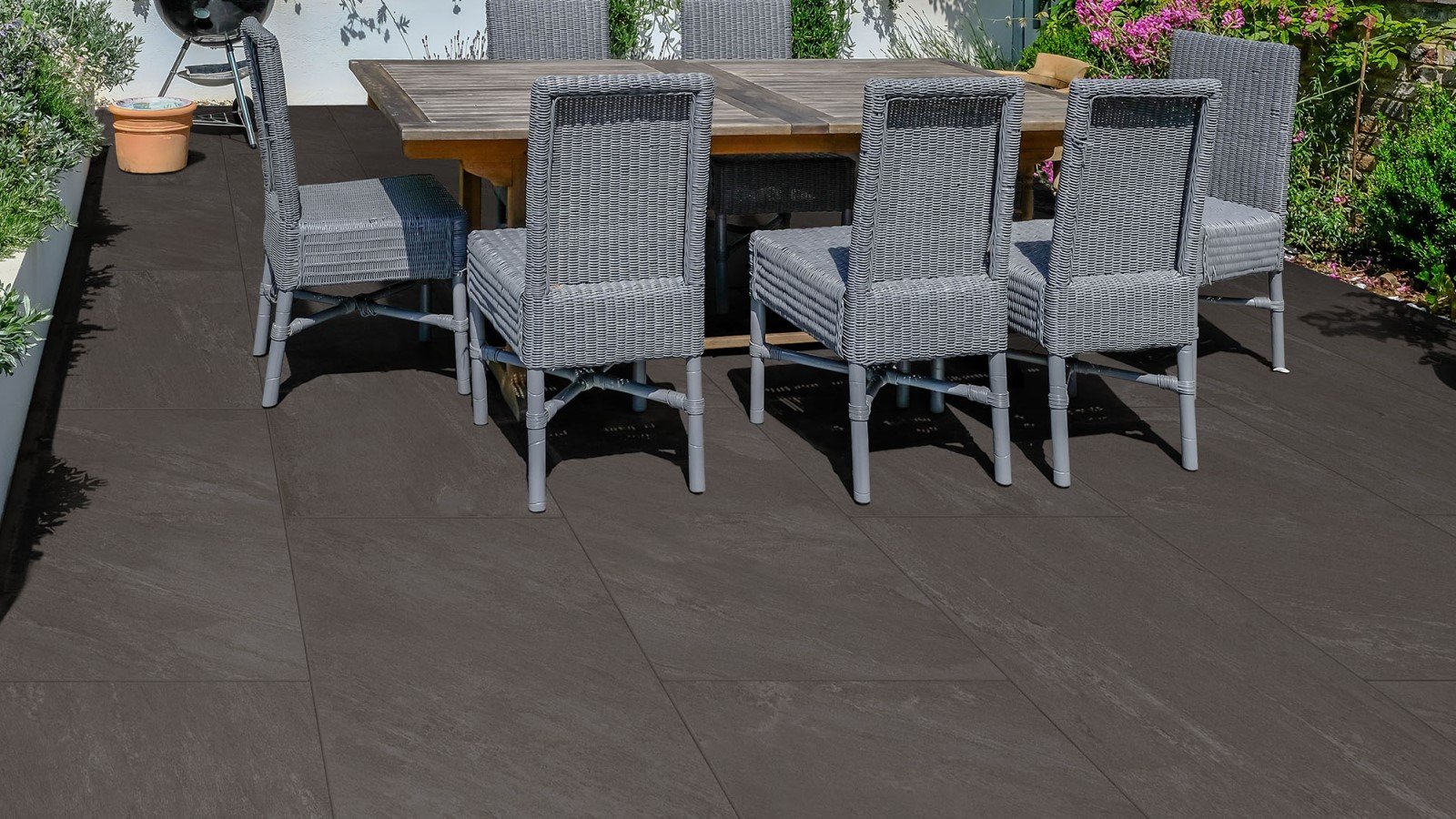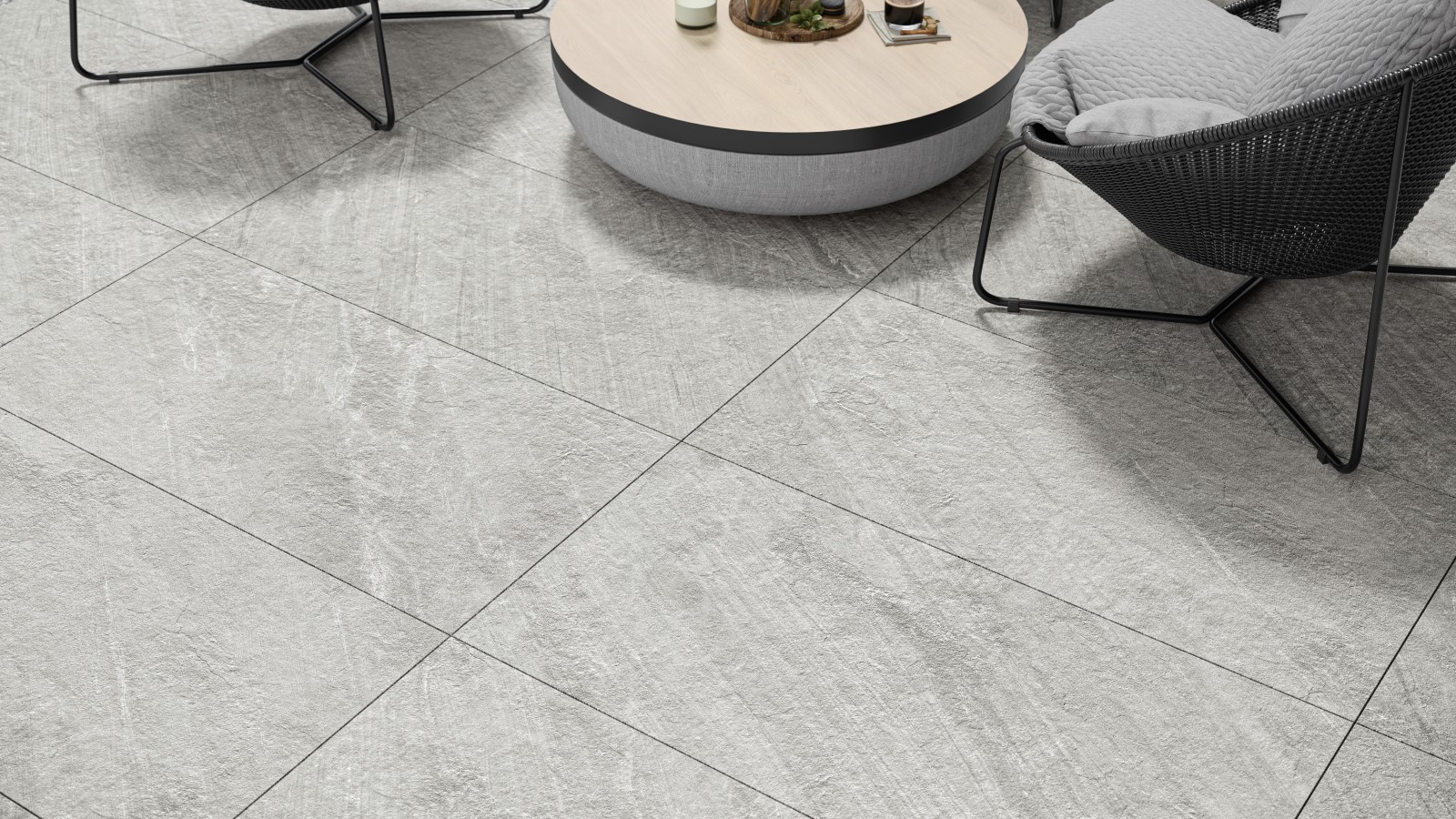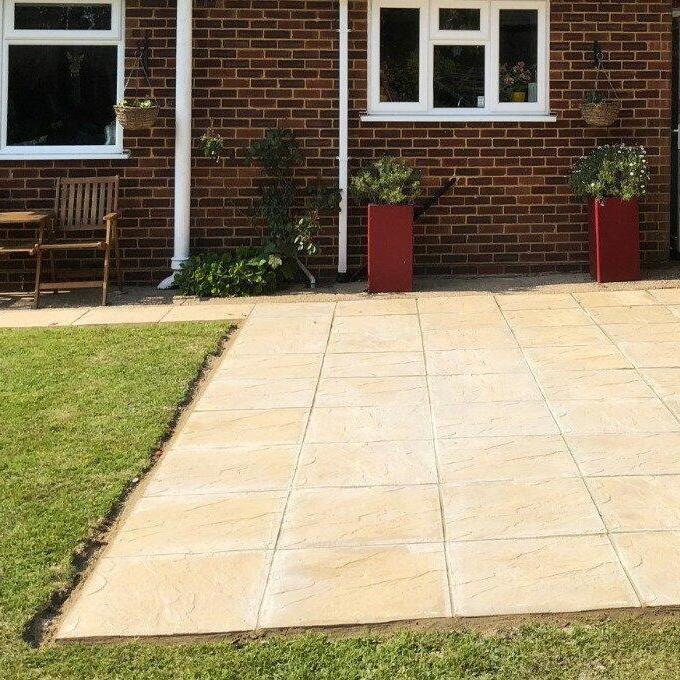Planning a new outdoor space is one thing, but thinking like a landscaper and understanding the minutiae of paving materials? Well, it’s a minefield.
Not only must you navigate the myriad paving and patio slab styles on offer, but you’re also tasked with choosing between different stones, too. And that’s where it can get really tricky.
Luckily, we’re here to help. In this easy-to-follow comparison guide, you’ll learn the difference between limestone paving and sandstone paving (the two most popular natural stone paving slabs) in a matter of minutes.
It’s time to dig in.
Cost
Whether you’re laying a new patio or just adding a few slabs to your front garden, you want paving materials that don’t cost the earth – but are good quality at the same time.
Thankfully, both limestone and sandstone pavers offer the double whammy of affordability and durability. However, if you were to compare pricing alone, sandstone would just edge it, costing around £10 cheaper per m².
It’s worth bearing in mind though, this is without accounting for factors such as cut, thickness and quality of your chosen paving stones. In which case, it’s always a good idea to browse before you buy.
Convenience
There’s a reason limestone and sandstone are often pitted against one another for the ‘best natural paver’ title - it’s because they’re so similar. However, while they might share a lot of the same properties, they are not identical, especially in terms of porosity.
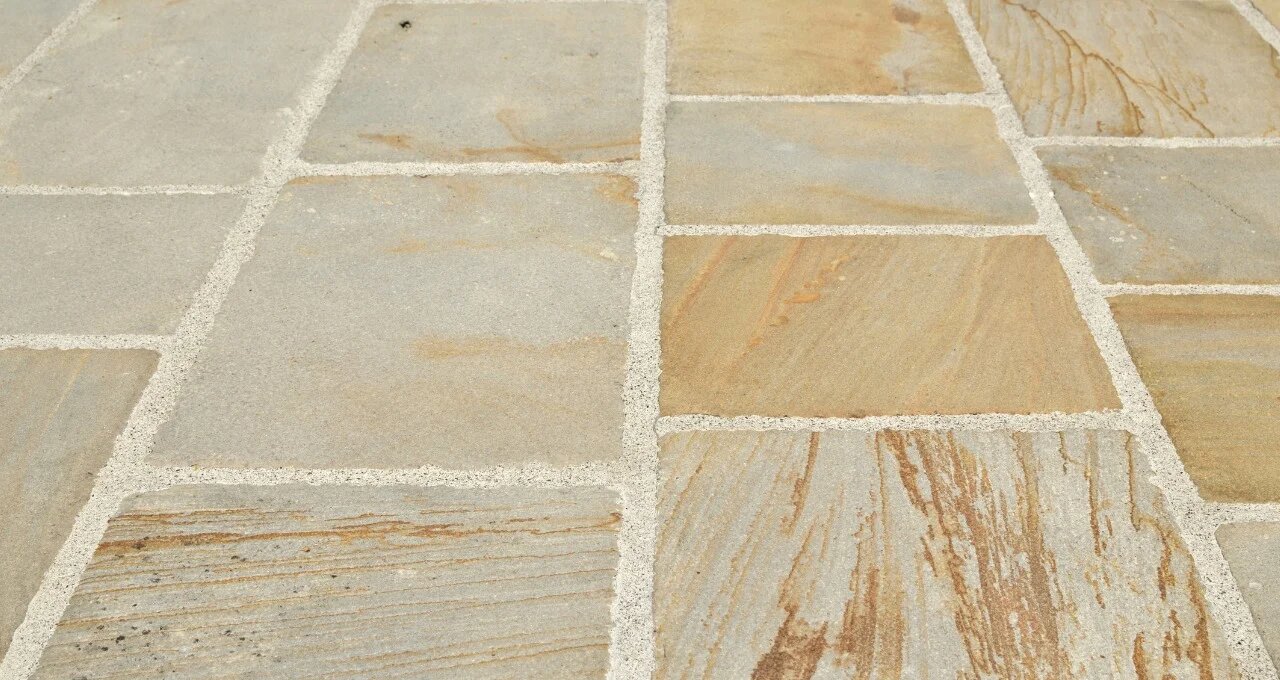
That’s why, if you want to know which paver absorbs water better, then limestone is your winner. In fact, chemical sedimentary rocks like limestone are often called ‘evaporites’ because of their quick-wicking (and slip-free) properties. (It’s also the main reason limestone is used indoors, in kitchens and bathrooms.)
An additional factor to consider is: how does porosity affect your stones in the long-run? Well, you might be surprised to learn that light-coloured sandstone pavers are more porous than darker colours. This means they absorb – and retain - more water during downpours, so may require more sealing (although it’s not essential).
All limestone, however, will require sealing, so you’ll want to bear this in mind when deciding between the two. In either case, we advise speaking to an expert on sealants in advance as some can permanently affect the finish.
TOP TIP: If you’re on the hunt for a sealant but come across a cheaper coating option, don’t be swayed by the price. Coatings rub off over time, leaving an unattractive patchy look to your paving stones.
Appeal
Until now, the differences between limestone and sandstone have been relatively minor. A few extra quid here, a little extra sealant there – nothing you’re going to lose sleep over.
But that’s because the main difference between limestone and sandstone isn’t practical – it’s aesthetic.
For instance, limestone pavers tend to be smooth and flat with a texture like orange peel, while sandstone pavers are more rippled and ridged (also known as ‘riven’), sometimes with chiselled edges. As such, limestone is best for uniform, contemporary gardens, while sandstone pavers suit a more rustic, organic outdoor space.
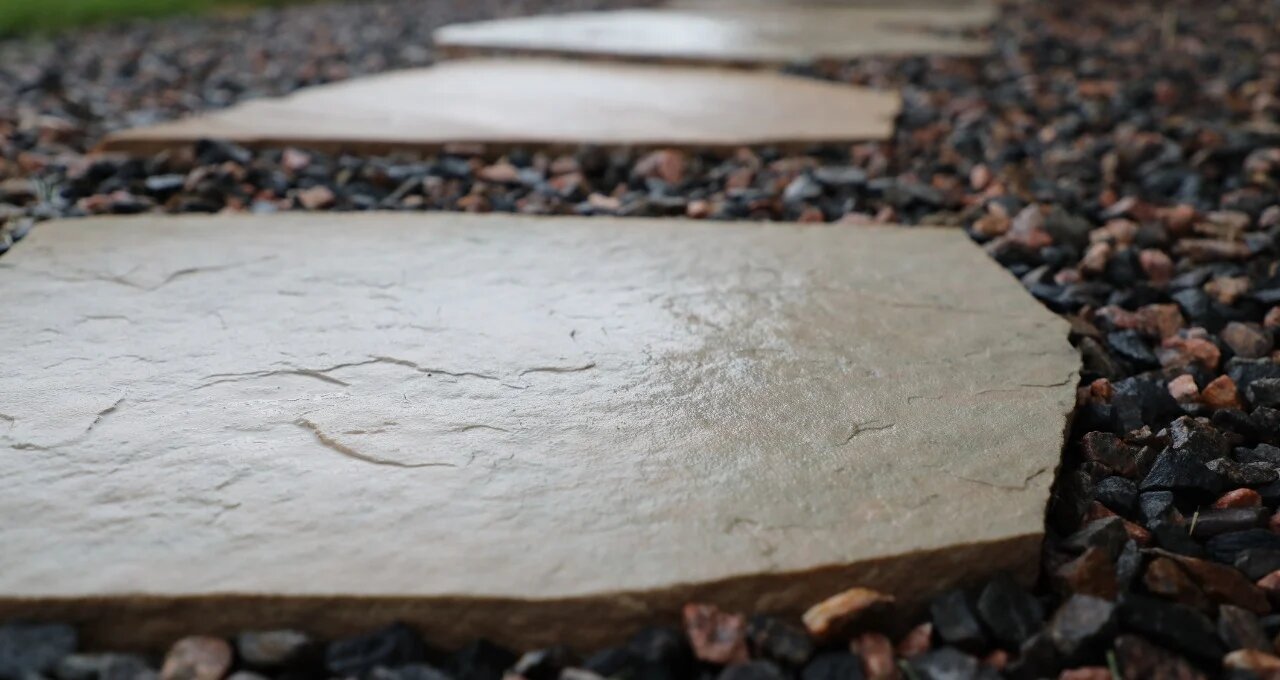
Still not sure which paver is best for your patio? Well, both sandstone and limestone are equally patio-worthy. Just remember that the ridges make sandstone slightly more slip-resistant than limestone – a key factor for patios or garden paths with high footfall.
Elsewhere, sandstone offers a broader range of colour and styling options, when compared with limestone. With everything from light sand dune tones to rugged burnt umbers, and even colour blend packs, you’ll love the unique hues of sandstone pavers.
Think you’re ready to select your natural stone paving, or still want to browse your options? You can view our full range of limestone and sandstone paving slabs on the Simply Paving site, or you can contact us for more information.

